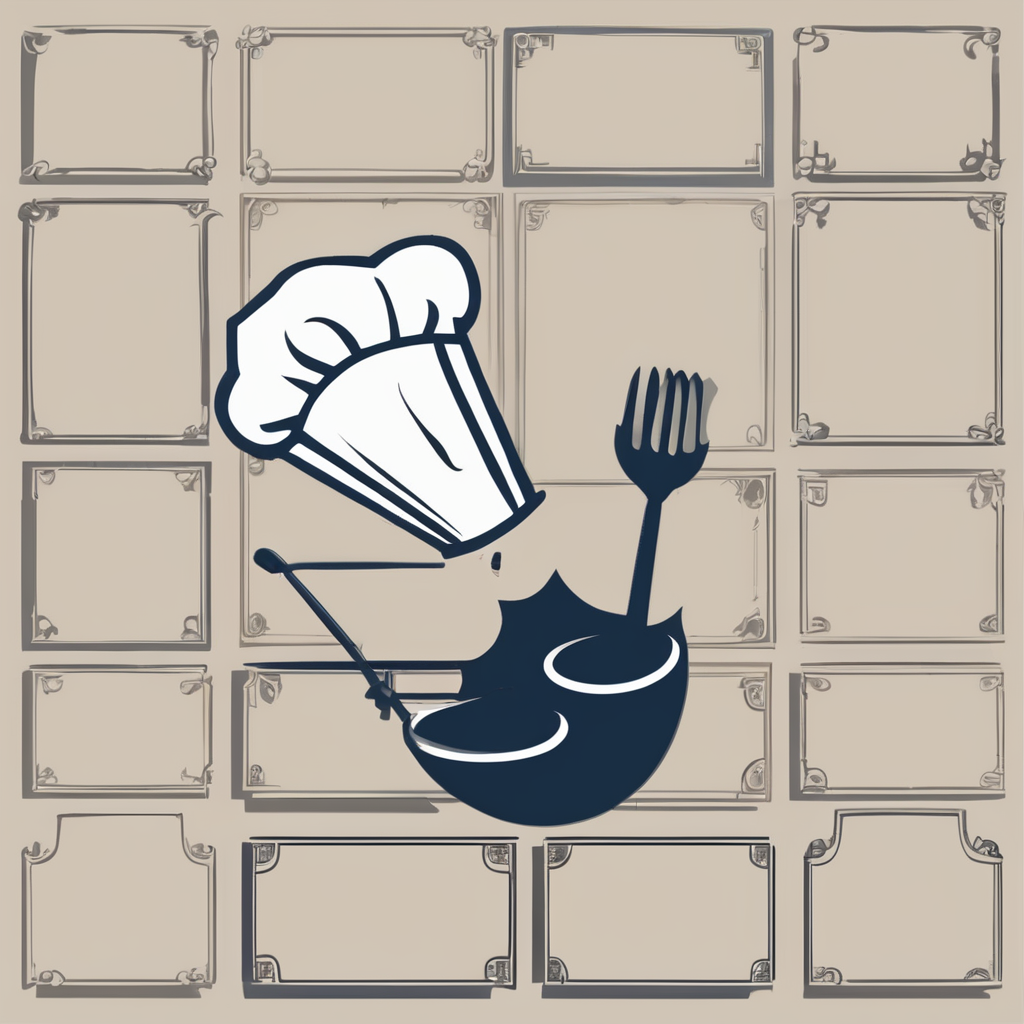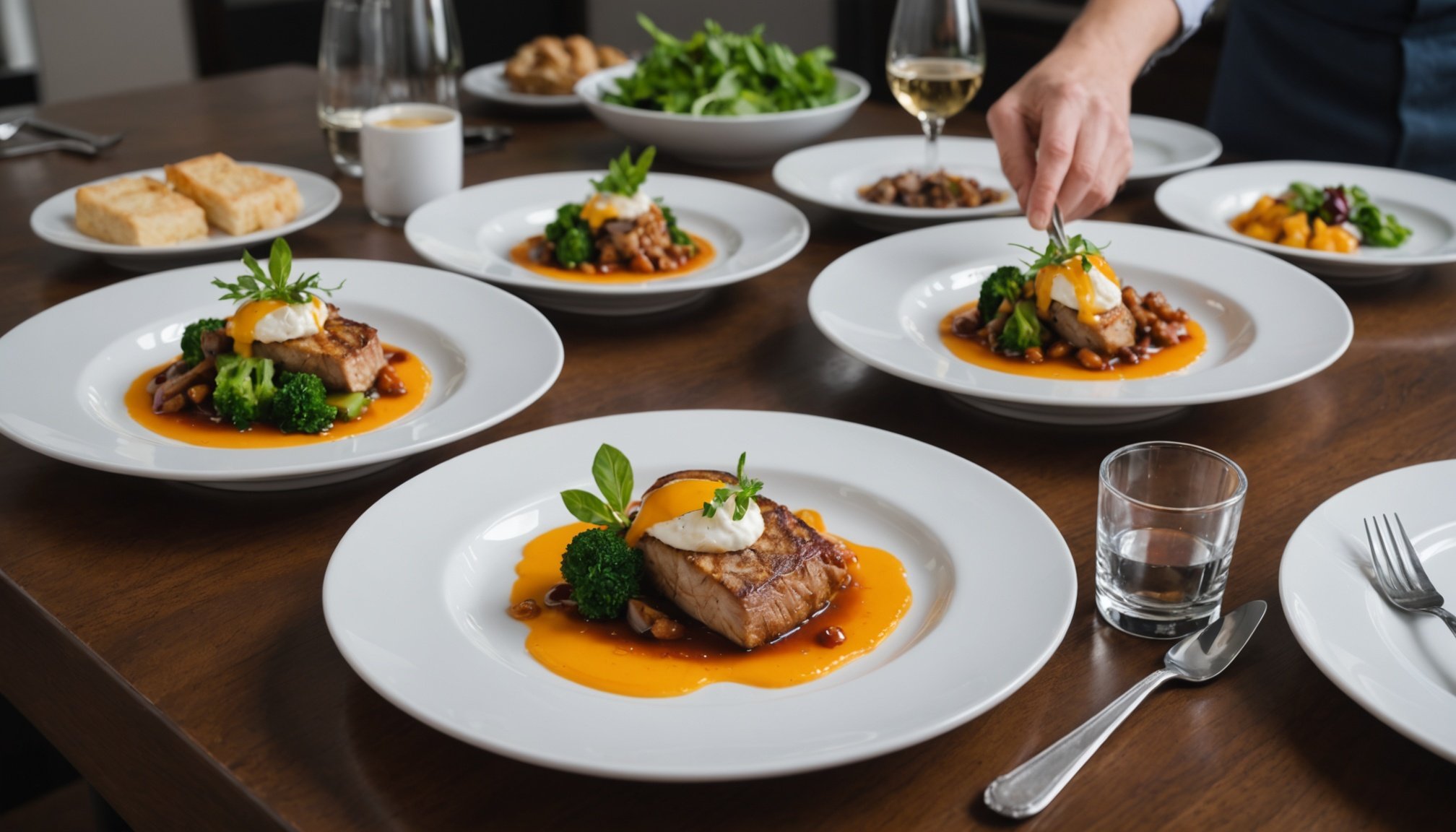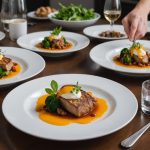In the world of culinary arts, presentation is as essential as taste. When you serve a dish, you are not just providing a meal; you are offering an experience. Plating is the art of arranging food on a plate in a way that is visually appealing and stimulates the appetite. This article explores how you can elevate your dining experience by mastering various plating techniques in your own kitchen. By focusing on color, ingredients, and the overall aesthetic of your dish, you can impress your guests and make every meal feel special. Whether you are a home cook or an aspiring chef, enhancing your presentation skills will take your culinary creations to the next level.
The Importance of Visual Appeal in Food Presentation
The first impression is crucial, especially in dining. When you present a dish, you want it to look inviting. Studies show that a well-presented meal not only enhances the visual appeal but also affects the perceived taste. Chefs often emphasize that how a dish looks can significantly impact a diner’s enjoyment. Therefore, understanding the importance of color and arrangement when plating is vital.
Also read : What are the key elements of a well-balanced restaurant marketing strategy?
Imagine serving a vibrant plate that features a symphony of colors. A dish that combines fresh greens, bright reds, and earthy browns can make all the difference. Color evokes emotions and stimulates appetite, so consider this when selecting your ingredients. The colors should harmonize and contrast to create a visually pleasing display.
Additionally, the arrangement of your food plays a pivotal role. Aim for balance on the plate. You can achieve this by positioning the main component slightly off-center while surrounding it with complementary sides. Remember, negative space— the area around the food— can be just as important as the food itself. This technique allows each element to breathe, creating a sophisticated look that enhances the overall presentation.
In the same genre : How do you effectively integrate seasonal decor into your restaurant’s ambiance?
In professional restaurants, plating can even become a signature style. Chefs develop unique techniques that reflect their identity. As you experiment with your own dishes, think about the story you want to tell through your presentation. What emotions do you want to evoke? Each plate is a canvas; let your creativity shine through.
Techniques for Creating Stunning Plates
Once you appreciate the importance of visual appeal, it’s time to explore specific techniques that can enhance your plating skills. Various methods can elevate your dish and transform it from ordinary to extraordinary.
One popular technique is the layering method. This involves stacking or layering ingredients to create height on the plate. Height adds drama and interest, drawing the diner’s eye to the center of the dish. For example, if you are serving a lasagna, consider cutting it into squares and stacking them on top of each other, interspersing with fresh herbs or a drizzle of sauce to add color.
Another effective technique is the use of sauces. Sauce can either be served on the side or drizzled artistically over the food. Use a squeeze bottle for precision, allowing you to create intricate designs on the plate. A vibrant sauce can act as a counterpart to your main ingredient, enhancing both flavor and visual appeal.
Furthermore, garnishing is an essential part of plating. Fresh herbs, edible flowers, or microgreens can add an element of surprise and freshness. However, the key to successful garnishing is restraint. You want to accentuate the dish, not overwhelm it. Choose garnishes that complement the flavors and colors on the plate.
Lastly, consider the shape and size of your plate. A large, round plate provides more negative space, which can be beneficial for minimalist presentations. Alternatively, a smaller plate can create a more intimate dining experience. The choice of plate should align with the style of your meal and the ambiance you wish to create.
Incorporating Seasonal Ingredients for Maximum Impact
Using seasonal ingredients not only enhances the flavor of your dish but also improves its presentation. Fresh, seasonal produce is often more visually appealing due to its vibrant colors and variety. When planning your menu, consider what is in season to ensure your dish looks and tastes its best.
When you incorporate seasonal ingredients into your plating, think about their characteristics. For instance, brightly colored vegetables like bell peppers or heirloom tomatoes can bring life to your plate. In contrast, earthy tones from roasted root vegetables create a comforting aesthetic. By playing with these elements, you can create a dish that feels both appropriate for the season and visually stunning.
Moreover, integrating textures can enhance the overall experience. Combine crispy elements with creamy ones or contrast soft textures against crunchy components. This not only adds depth to the flavors but also makes the presentation more intriguing. A dish that features sautéed greens alongside a creamy sauce topped with crispy shallots provides a feast for both the eyes and the palate.
As you experiment with seasonal ingredients, consider the local produce available in your area. Shopping at farmers’ markets or local grocers can inspire creativity in your cooking. You will discover unique ingredients that can add character to your food and elevate your dining experience.
The Final Touches: Serving and Presenting Your Dish
Once you’ve perfected your plating techniques, the final touches are crucial for enhancing the overall dining experience. How you serve your dish can significantly impact the perception of your meal.
Start by considering the type of plate you choose. A beautiful charger or an elegant bowl can set the tone for your meal. Ensure that the plate is clean and free of smudges. A pristine plate emphasizes the beauty of your food.
When serving your dish, presentation matters as much as the dish itself. Consider the order in which you place the food, starting with the main ingredient and adding sides and sauce. Also, take care to maintain symmetry on the plate. This helps create a sense of order and professionalism in your presentation.
Engage with your guests as you serve the food. Describe the dish, highlighting the ingredients and the thought process behind your plating choices. This not only informs but also enhances the experience as guests appreciate the artistry involved.
Finally, consider the dining environment. Lighting, table settings, and ambiance all play a role in how your meal is perceived. A well-set table can elevate even the simplest meal. Use cloth napkins, elegant glassware, and appropriate lighting to create a warm atmosphere.
In conclusion, the way you present a meal makes a difference. By understanding and applying plating techniques, you can transform your cooking into an art form. Your guests will not only appreciate the flavors but also the visual feast you have created.
Enhancing your dining experience through plating techniques is an exciting journey. By focusing on the visual appeal of your dishes, utilizing effective plating methods, incorporating seasonal ingredients, and paying attention to the serving details, you can create a memorable culinary experience. Remember that presentation is not just about making food look good; it’s about creating an atmosphere where flavors, aromas, and visuals come together in harmony.
Your kitchen can become a space where you express your creativity and passion for food. So gather your ingredients, practice your techniques, and watch as your meals become works of art. With each dish you serve, you will not only please the palate but also delight the eyes, ensuring that every dining experience is truly special.











